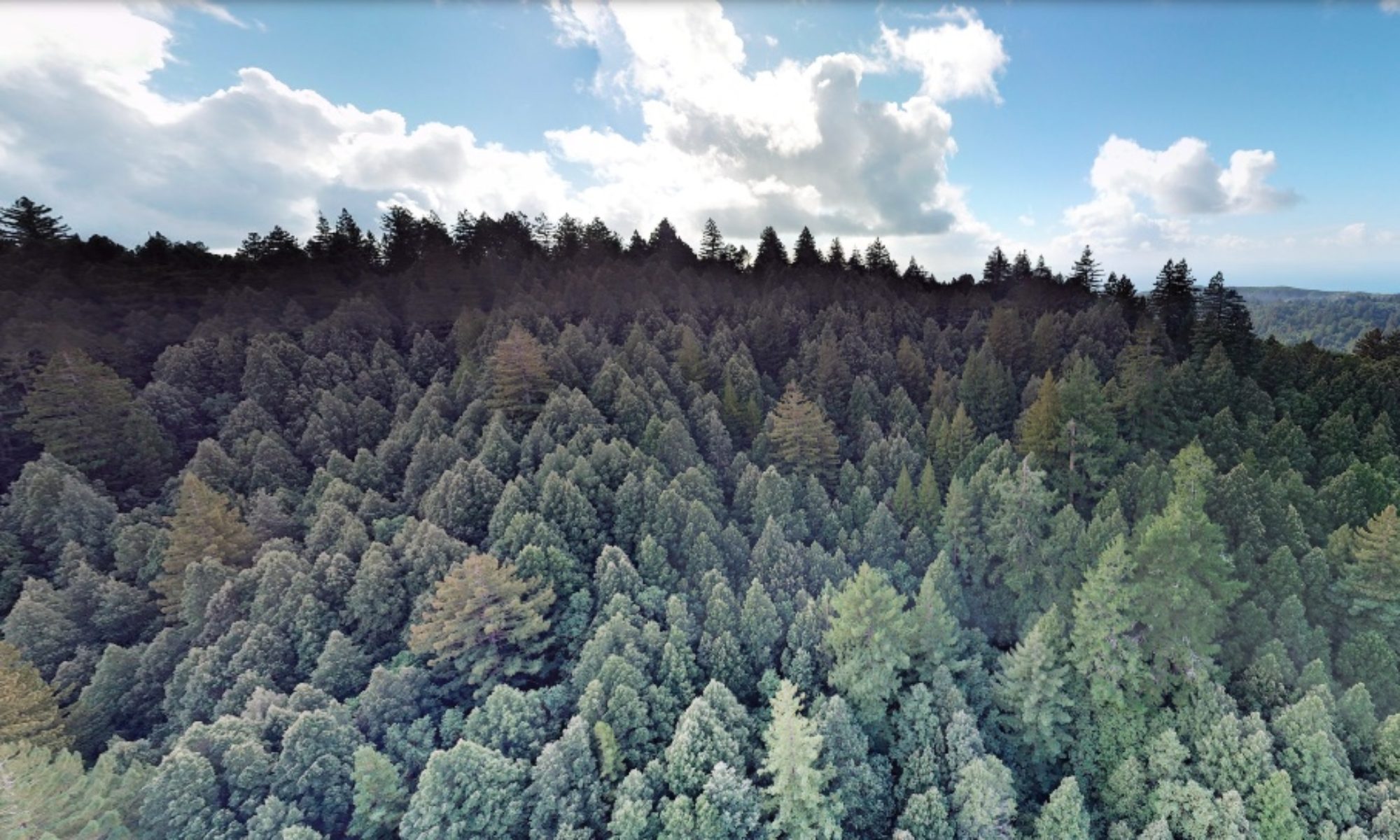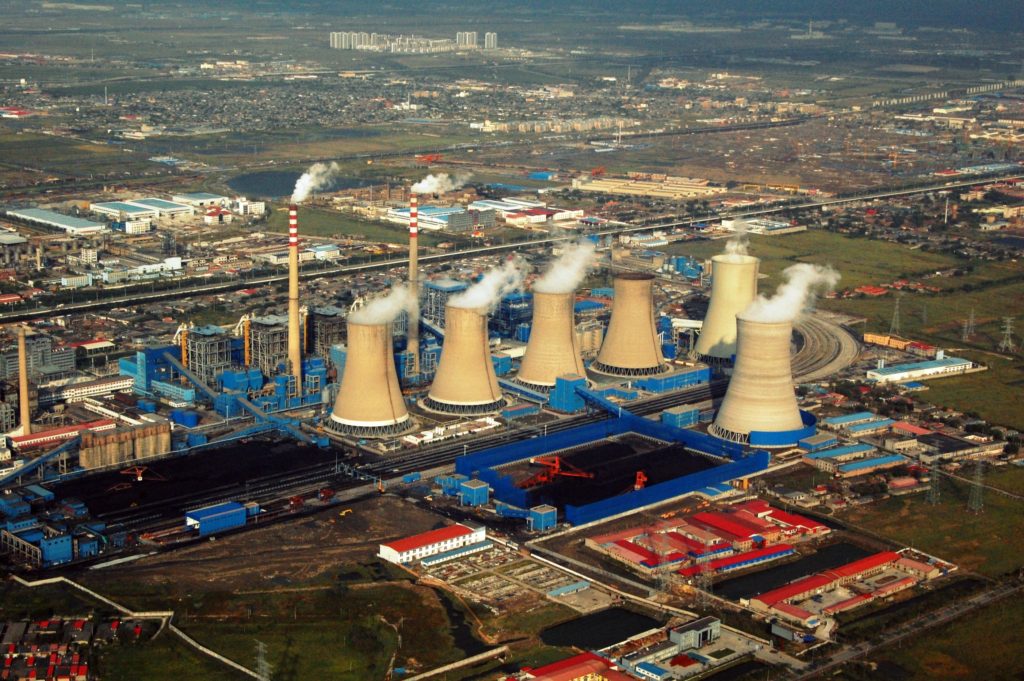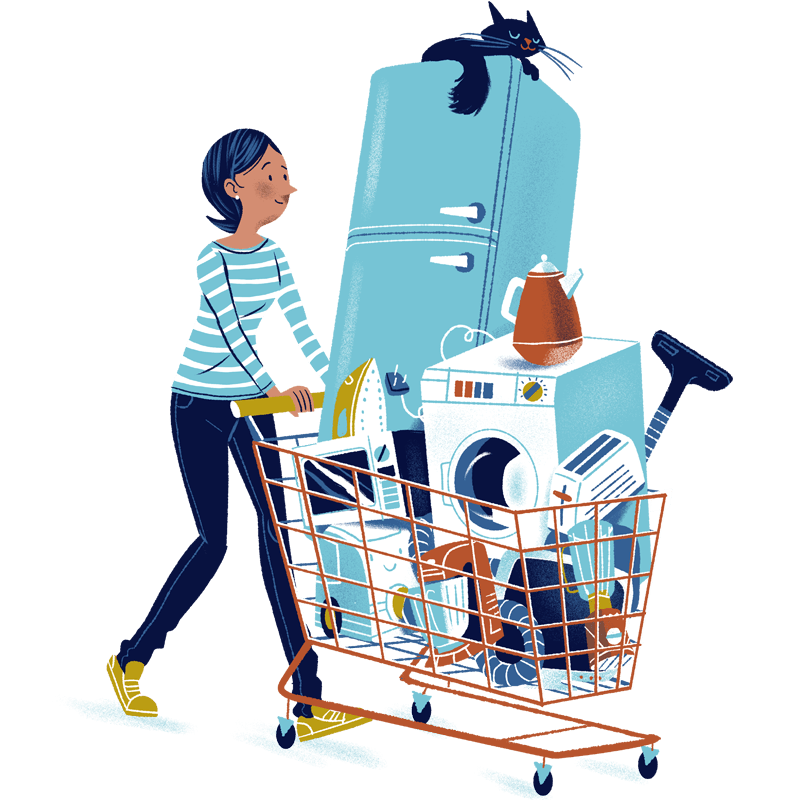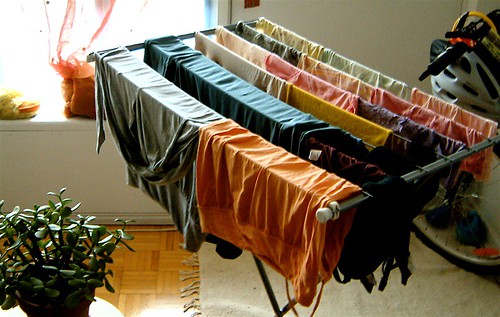Motor sports cannot continue to run rough-shod
Watching on the TV the plumes of smoke rise as cars tore across the landscape at the Dakar race (an annual cross-country car rally), I wondered, how is it possible in a climate emergency that such an obviously polluting and environmentally destructive activity is allowed to continue? While personally I do not find it as distressing to watch as a blood sport like bull-fighting, but watching this kind of “spectacle” feels uncomfortable when the environmental cost is considered.
Cross country racing, even in a desert, is such a blatant manifestation of everything that is wrong with the way we are treating the planet – both caring for the land, and for what reaches the sky. As thick wheeled vehicles fly across terrain, carving it up as they go, not only are fumes belched out into the atmosphere, but also particulate pollution from the tyres and brakes is released into the ecosystem. Perhaps seeing a desert, it doesn’t look like there’s an abundance of life, but as David Attenborough’s astonishing documentaries have shown, there is life virtually everywhere on earth.
Over the last decade the rally has been held in South America, where environmentalists rang the alarm about the threat to topsoil in fragile ecosystems and the habitats of llamas and condors. Nonetheless the high levels of revenue to be gained from the tourist pull of the event were enough to sideline these concerns.
Its concrete based cousin, Formula 1, also has its fair share of environmental questions to answer producing emissions of around 256,551 tonnes of CO2 per year. To put that in perspective, that represents the equivalent of 90,000 people each emitting 3 tons a year (a shade higher than India’s current average per capita) – and represents the target we need to get to per capita in order to stay below 1.5C warming.
While I understand there is employment in this industry, the idea that we have a right to leisure activities at any cost has to be set against the health of the living planet, the extinction of so many species and the increasing number of people killed or affected by climate change.
The motor racing industry is just one area of a giant leisure industry – of which gaming is another big CO2 emitter (more on that in another post), and obviously there are people who will lose their jobs should this cease to exist. Those people should be helped into other employment, whether they are ex miners or mechanics, but motor sports cannot continue to literally run rough-shod over the world’s precious ecosystems, or continue to eat up our ever dwindling carbon budget.
How the EU can get cooperation on global emissions
After a last minute change of scheduling, this year’s COP25 ended dismally. While the climate crisis has now become a more recurrent topic in the press, the surge of activism in the past 2 years has failed to spur most of the major actors to curb their emissions. While some progress is being made, it’s nowhere close to where it needs to be to stop further apocalyptic scenes, like those of Australia, from stopping.
The withdrawal of the US (the world’s biggest polluter of all time) from the Paris Agreement, was not a good backdrop for the talks. Australia’s “coal man” Scott Morrison defended fossil fuel interests and blocked meaningful progress, while the Gulf States sent oil lobbyists. China, which had been making some progress with energy switches, was this time preoccupied by the economic downturn arising from Trump’s trade war. The EU, while far from perfect, at least stuck to its goal of net zero by 2050, and provides the best hope for global cooperation in the future, especially with Ursula von der Leyen – the new president of the EU commission – at the helm.
While global powerhouses may not willingly make changes to reduce their emissions, the global nature of the climate emergency means that they must be incentivised to do so. China’s buy-in is crucial – it’s responsible for a third of global emissions as the factory for the world, and it’s own huge population. Sanctions are regularly used as a tool against undemocratic regimes, while Trump seems to have favored tariffs as a way of exacting concessions. His bullying approach may have backfired, but the EU can use access to the European market as a way to gain cooperation and rewrite the way global trade operates.
As the world’s biggest trading block, and as the second largest economy in the world (after China), the EU has the power to start showing the world that ignoring climate change will come at a price. If China or the US were to find themselves with less favorable trading conditions they might rethink their attitude to emissions.
With the COP26 still months away however, there must not be a shelving of climate policy. While contentious, the question of emissions isn’t impossible to resolve. The EU’s ETS (emissions trading scheme) currently requires companies to pay tax on their emissions, and this has been effective in seeing an end to coal in the UK, but it’s still too low considering the small remaining carbon budget we have left to stay below 1.5C.
Carbon taxing is one part of the puzzle that needs much more discussion and agreement – and at the beginning of a critical decade for the future of the planet, the EU should be holding a climate emergency summit. It is essential that the 27 countries move towards a united front ahead of the COP26, and agree on a much higher carbon tax for countries within the EU, and for those manufacturing abroad. What that price is is a point of contention, but the World Bank suggests it needs to be between $40-80 a ton, rising to $100 mid-century. Another report by Stanford University academics suggests a figure closer to $200 if the social cost of climate change adaptation is taken into account.
With the US taking a recklessly backward stance on climate, and an increasingly isolationist position on the world stage, now is the time for the EU to use its influence to get meaningful action on emissions.
Things got cheap at the living world’s expense
I remember the first time I heard the term “globalization”. Back then it was used in reference to chains like Starbucks who had a presence in multiple different countries, a pejorative term to signal the loss of local economies and cultural identity.
I later came to understand the term much better, and in the context of the climate emergency what that has meant. In large part what it has meant is cheap consumer goods, cheaper food. It has meant the loss of manufacturing in the West – the age of “made in China”. It has meant a mass of consumer goods being shipped or flown from East to West. And it has meant a devastating destruction of the living world, both from emissions that have caused warming, and from the massive waste that’s being created.
Naomi Klein’s book about the environmental crisis, “This Changes Everything” rightly identifies that the planet’s resources, and ecosystems have largely been considered a freebie to take from and pollute for profit. There has really been little price tag put on the actually priceless nature of the living planet. Cheap labour in developing countries has also enabled companies to make profits and offer the consumer cheap goods. The result? The consumer started consuming more.
Industrialization was the start of the environment’s woes. Factories crushed the “cottage industries” of the past, and as the decades passed, agriculture got bigger and less ecological, and so did our consumption habits, aided and abetted by huge advances in fossil fuel based transportation.
Consumers in the West got cheaper goods, more exotic fruit and veg – and masses of them. Gigantic all-in-one stores like Walmart ballooned into overwhelming warehouses inviting the consumer to load up their trolleys with all the stuff on offer at cheap prices. The dawn of the supermarket was a seismic shift. People went from shopping in butchers, greengrocers and bakeries in town and village centres, which would be carried home, to driving out to supermarkets and loading up their trolleys with packaged items. The late 1950s also saw the beginnings of single-use products. An early American advertising image depicts a carefree family happily chucking their plastic waste into the air. While 70 years on we are more aware, the amount of plastic and single use coffee cups dotted around the landscape is proof that this throw-away culture has become disturbingly embedded in our lives.
The hassle-free “convenience” culture is partly to blame, but the ready disposal of so much stuff has also come about because that stuff is too cheap. When things are cheap, they aren’t valued in the same way. I’ve often heard people out clothes shopping say “it’s only a few pounds, it doesn’t matter if you only wear it once.” Primark’s business model actively encourages the idea of mass consumption and constant renewal. Its stacks of expandable baskets at store entrances entice customers to load up on low quality, cheap clothing and accessories.
Food is another part of the picture. In the past 100 years the price of food relative to income has plummeted. For the same amount of work that allowed an unskilled laborer to buy one basket of the 42 commodities in 1919, by 2019 he or she could buy 7.6 baskets. In other words, a worker 100 years ago could only buy a fifth of the amount for the same price.
The world has changed a lot since the 1950s, when a bankrupt post-war Britain lived with food rationing until 1954. The legacy of frugality disappeared over the following decades as the memory of food scarcity faded, and measures introduced to radically change Britain’s landscape into arable farming land made Britain more self sufficient with its food production. But we are wasting food. A shocking 30-40% is thrown away, with the average household throwing away 6 meals a week – something unthinkable for the war generation.
Reducing food waste worldwide would make a significant contribution to tackling climate change, says a report by WRAP. It found waste is responsible for around 7% of all greenhouse gas emissions globally.
There has also been a massive growth in population. Since the 1950s, the global population has tripled and put pressure on our food systems. Cash-crops plantations from palm oil to coffee to cocoa have sprung up across the developing world with devastating consequences for wildlife and ecosystems. Fruit and vegetables are now grown on massive scales with industrial machinery and soakings of pesticides, and we have a vast selection of exotic produce to choose from all year round. But intensive farming’s excessive use of pesticides and heavy machine has not only led to a massive die off in the insect population but also caused considerable damage to the soil, putting in peril the natural world.
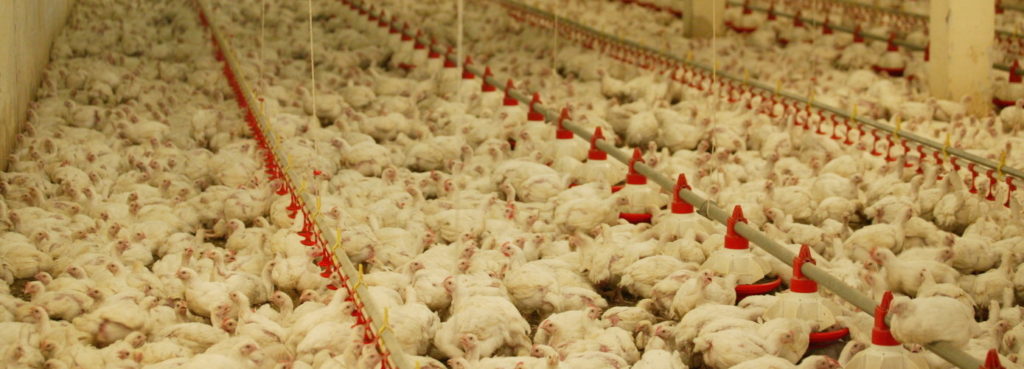
When it comes to animals the picture is equally bleak. Intensive farming of animals to maximize profit means poor and cramped living conditions, with some animals never seeing the light of day. For chicken farming, specialized farms pack chicks into small areas monitored with heat and light to accelerate the growth period down from 3 months to just 30 days. This allows Sainbury’s, Tescos and other supermarkets to charge less than £3 for a whole chicken (with an organic counterpart costing 3 times the amount.)
Beef is similarly cheap. A big mac at McDonald’s costs just £3, but there’s often an ugly story behind cheap prices. The demand for beef has driven massive deforestation in the Amazon rainforest to make space for cattle grazing.
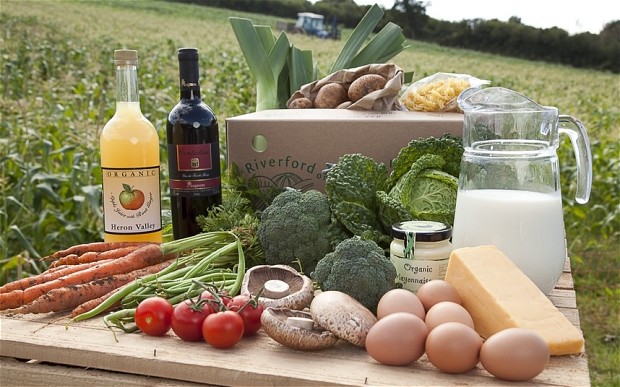
In the West we have grown up with a culture of high consumption and high waste. The way we produce food and goods has changed almost beyond recognition in the last 100 years. It’s not easy to turn the clock back to the low waste 1950s, especially since we live in a supermarket era of hyper-packaging, but by adopting the “waste not want not” approach to food – and by buying more ethically, we can all start to fight the climate crisis.
The beloved winter wonderland under threat of extinction
Every year Mariah Carey’s “All I Want for Christmas is You” rings out across shopping malls. The accompanying music video, like so many other pop songs, plays on the charmed winter wonderland setting. The Christmas fairy-tale of Santa Claus flying in his sleigh from Lapland is all part of the same snowy dream which is behind so much of Christmas marketing and sales.
Taylor Swift is the latest pop star to release a Christmas single evoking the winter wonderland. The song entitled “Christmas Tree Farm” is made up of idyllic clips of Swift and her brother as little kids playing in the snow. But that enchanted winter scenery is becoming an ever more distant dream as the planet continues to heat up.
Global warming has already melted large parts of the Arctic sea ice, and snow is becoming much less common in mountain ranges like the Rockies. This not only affects the winter leisure sector of ski-ing and snowboarding, but also the wildlife and people that depend on it. Large areas of Northern California and the Mountain West depend on the snow for their supplies of drinking water which since 1982 has seen a 41 percent decline in the annual mass of snow, while Himalayan wildlife and people are facing a similar predicament.
The Arctic is even worse affected. Polar Bears are at the front line of this human caused tragedy. Each year their plight gets a bit worse as it becomes more and more difficult for them to hunt seals in the way they always used to. BBC’s Planet Earth documented incredible footage of a thin polar bear that swam miles to an island to try and hunt a walrus, while Seven Worlds, One Planet showed a group of polar bears trying to hunt beluga whales – something never seen before.
All the while the Christmas marketing machine spins the wheels of consumerism in every possible Christmas or snow themed product. While all sales are part of the carbon story, illuminated polar bears as Christmas decorations are a sad paradox: the plastic, energy hungry fake counterpart is burning the energy that is melting the real bears’ home. But even more jarring are wealthy pop stars selling the White Christmas dream when they are part of a tiny minority who among the biggest contributors to the CO2 in the atmosphere.
Taylor Swift and Mariah Carey are part of an elite who own private jets. They also own multiple homes, and are keen shoppers – Mariah has a lavish walk-in wardrobe which she is proud to show off, and when Swift paid a visit to Stella McCartney’s shop earlier this month she emerged laden with bags. They are not the only ones of course, but it does feel particularly jarring in climate emergency to see this kind of carbon intensive luxury while using the enchanted snow-covered landscapes to sell their music.
Private luxury is clearly not sustainable if we are to limit warming. While the average worldwide carbon footprint stands at around 4.5 tonnes a year, the average citizen of Australia, the USA and the Gulf States produce 3-4 times that amount annually – while India stands at less than 2. The IPCC (International Policy for Climate Change) suggests that we will need to halve the global average per capita if we are to limit warming. That means aiming for a maximum personal carbon budget of around 2.3. When you consider that Meghan and Harry’s return trip to Nice used up 9.5 tonnes of carbon in one go, it’s easy to see why environmental campaigners are talking about climate justice and an end to private luxury. Some people are taking way more than their fair share and it’s impacting the entire planet.
That’s not to say that it’s only the rich and famous that are responsible – but there is a clear correlation between wealth and carbon footprints. We all love the snow – and more important than that is it’s role as part of the natural world. Those conspicuously consuming have a moral duty to stop their excessive carbon overshoot. Leonardo Di Caprio has given up his private jet. Who will be next?
Peak laundry and the climate emergency
It wasn’t so long ago that people hand-washed clothes, and used a mangle to ring them out. Washing machines only began to appear in households during the 1960s. Drying was either in the open air, or put near a fireplace (central heating was not widespread until the late 1970s). Washing clothes was time-consuming and labor intensive, and naturally meant that clothes weren’t washed as often as today. While the washing machine liberated 50s and 60s women from a domestic chore and saves us all time, frequent laundering is taking its toll on the environment.
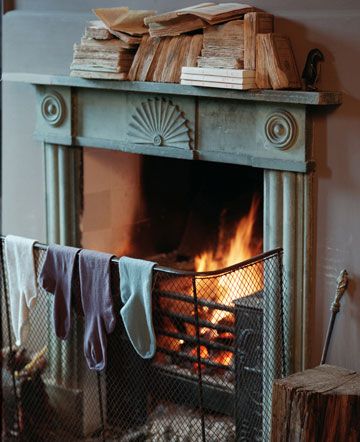
The past 70 years have seen a massive change in the materials used for clothing, our consumption habits, and a garment’s lifespan. In the first part of the 20th century, winter clothing staples were mostly woolen and would only be washed occasionally, and spot cleaned in between. People owned fewer clothes and looked after them. Since the 60 years textile waste has increased 811% and is often made from plastic.
With more clothes in our wardrobes – and easily washed synthetics, the average household use has risen to 4-5 washing cycles a week – with each one using around 50 litres of water. To put that in perspective, that’s the same amount as the WHO’s suggested minimum for basic sanitary, bathing, cooking, clothes-washing and drinking needs. In Britain, the average per person is three times that amount – 150 litres a day.
Also problematic is the high consumption of energy used for washing and drying clothes. Most of the energy of a laundry load is used up in heating the water (90%) – hence the environmental campaigns to encourage washing at 30C. And tumble dryers are even more energy hungry. Certainly for city living in small spaces and no outdoor space, a dryer is a solution, but unfortunately not a climate solution.
With the trend in city living continuing, the issue of where to dry clothes isn’t going away. While sunnier countries often have roof terraces where residents can hang washing out, this is not the case in Britain. Given the climate, perhaps a covered roof terrace could be part of a solution to urban laundry needs, or a drying room which uses dehumidification and air circulation to dry clothes. Such methods would also save clothes from wear and tear caused by a tumble dryer, but could also have a positive social impact. It’s not uncommon for people not to know their neighbours, and communal areas in apartment blocks could foster better relationships in society.
The climate emergency requires us all to start using water and electricity more carefully. Reducing the number of laundry loads seems like a good place to start, and in the meantime, for those like me with no space to hang clothes out, perhaps a clothes pulley is the way forward.

Could we be done with the school run?
Back in the 1950s when less than 30% of travel was by car, van or taxi, children would mostly either walk to school or travel by bus. My mother recalls travelling by “trolley bus” – a kind of electric bus for urban areas. But that trend has dramatically declined over the past 70 years, and in the last 20 years the number of children travelling to school by car has doubled. The dramatic rise of the car has created traffic and air pollution problems across the world, and in the UK school traffic now accounts for around a fifth of all traffic.
Many factors feed into the rise of the car for the “school run”, but we have reached a point where action must be taken to improve air quality for all and to reduce further planetary warming. Bristol recently hit the headlines over the lethal nature of poor air quality – 5 deaths a week are said to be caused by air pollution.
Road accidents are one of the reasons parents cite for using the car for the school run. Even though the number of fatalities from road accidents has declined in the past half century, road accidents remain the biggest killer of children and young adults aged 5-29.
One obvious way to improve road safety is to introduce more traffic calming measures and better road crossings. A German town did just that. Enlisting the help of school children, the roads around the school were redesigned with colourful signage suitable for their age group.

If more children walked to school, not only would the air quality start to improve for all pedestrians, but there are benefits for the children, both mental and physical. Walking to school allows kids time for social interaction and would help combat child obesity, now affecting one in 5 children in the UK.
But a kind of chicken and egg situation has arisen. The worry about road safety from cars, as well as the poor air quality in some towns, is making it less likely that parents will want their children to walk to school, and more thus more likely to continue with private car transport – adding to the air pollution and traffic problem.
Of course not every child lives close enough to walk. Some live too far away, or simply do not have access to adequate public transportation. Across Britain, village schools have closed due to population decline and funding issues, with conglomerates taking their place. The story of rural decline is a trend that has also seen hundreds of village shops close. To make matters worse, the number of bus routes have reduced by around 60% since 1950s, and the last decade has seen 3,000 routes axed or reduced. Investment in public transport has been focused on the big cities, leaving rural areas much more isolated.

A further factor influencing the way in which children travel to school is parents’ choice of school. The Ofsted evaluation system of “outstanding” “good” or “requires improvement” (following obligatory school inspections), often funnels parents towards selecting the highest ranked schools, rather than the closest ones.
The climate crisis has thrown into the spotlight the problem with our current system. Not only are some routes too unsafe to walk (like A roads), but even within towns the roads are lacking sufficient traffic calming measures and signage to make roads safe for children. And the drastic decline of bus transport since the 1950s has further reduced parents’ options.
The climate movement is increasingly looking to the past for answers to live more sustainably – from beeswax wraps to repair cafes to staycations. With some investment in roads and transport, could we be done with the school run?

Related links:
https://www.kcl.ac.uk/news/children-exposed-to-five-times-more-air-pollution-on-school-run
https://www.bbc.com/news/uk-england-42749973
